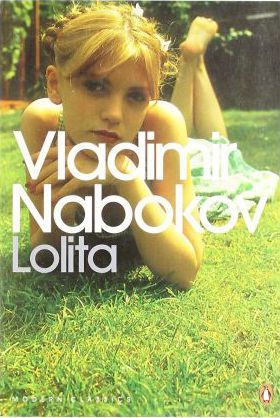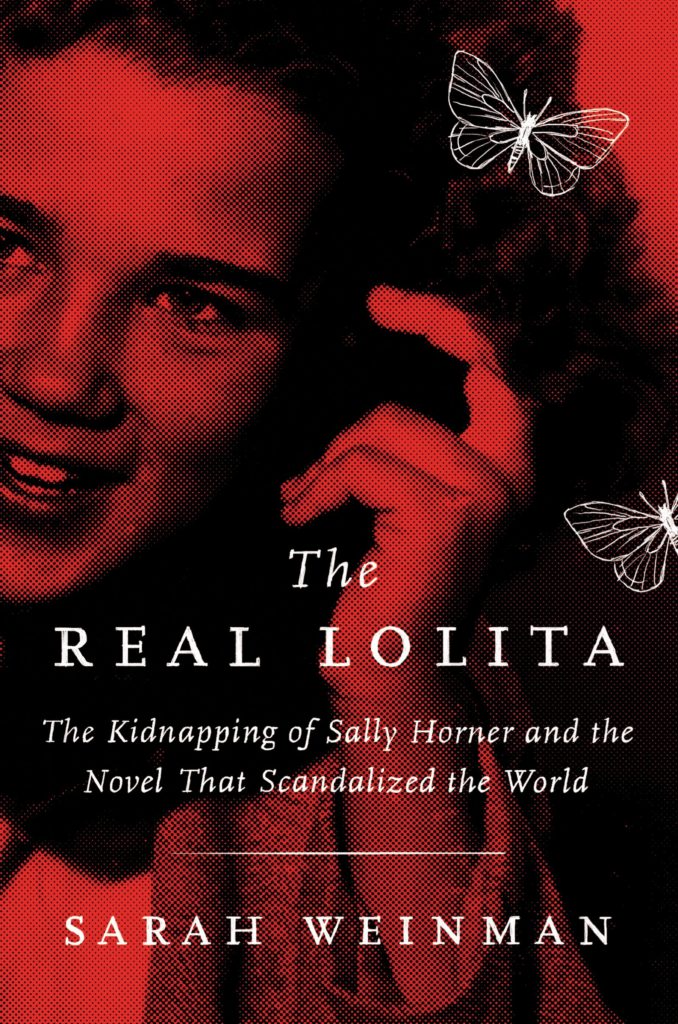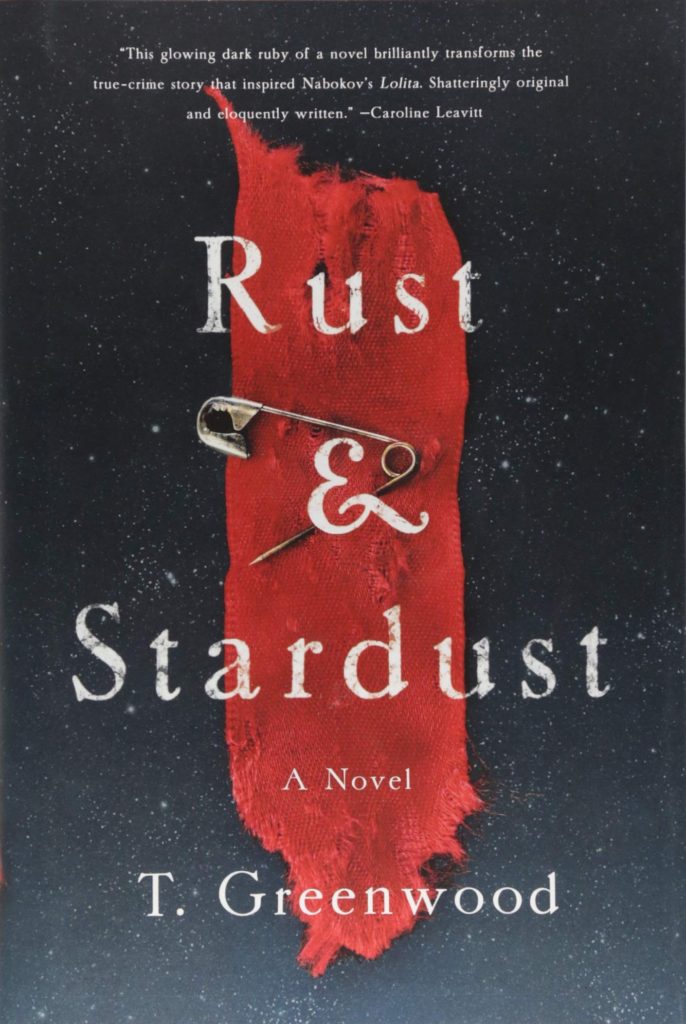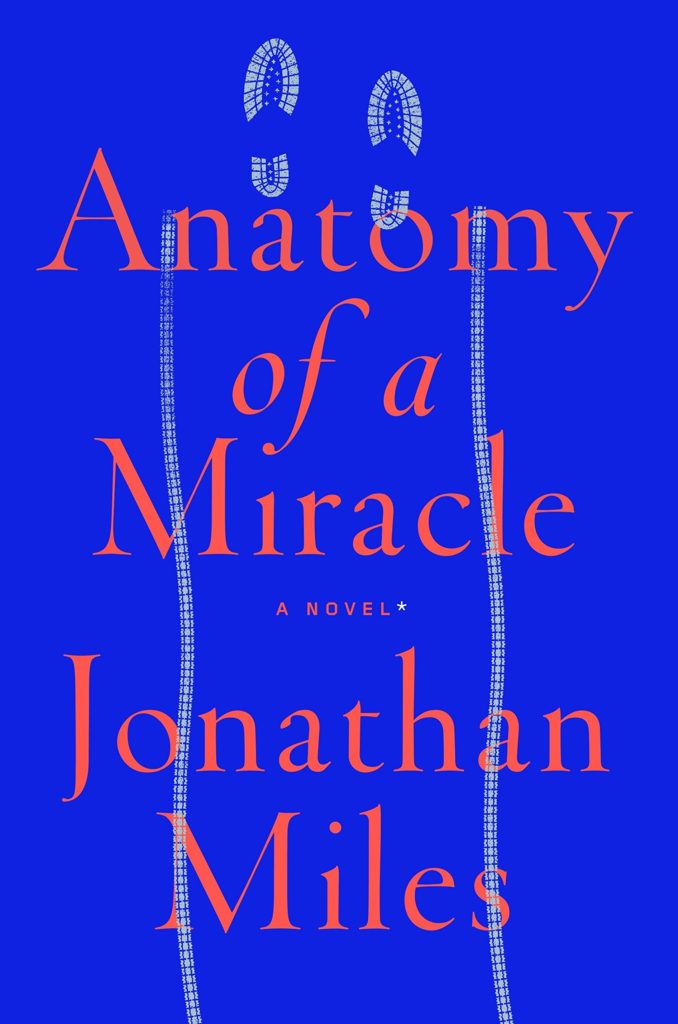It is no coincidence that I chose to review the following books to coincide with me heading out of the country, as I know these involve controversial subject matters, but one of the best things about books is that they can spark conversations and thoughts about things that might otherwise be too difficult to approach. Talking about an issue under the cover of book discussions rounds the edges somewhat and gives more room to engage in difficult topics. That said, I am heading to London and leaving the Keswick crowd to mull over these things while I am away! I am joking a little here, and while I AM going away, I will be more than happy to talk to you about any of these books at any time upon my return. There is nothing I love more than good conversation around interesting ideas and opinions, and I am sure these books will generate quite a bit of that!

I happened to pick up two books at the library without realizing they were attacking the same subject from different angles. One was a true crime story and the other a fictionalized version of the same story, both of which made reference to a classic American novel, Lolita by Vladimir Nabokov.
Now many people have definite opinions about the novel, Lolita, but I find most people have never actually read it. It is an American masterpiece and despite the difficult subject matter, the writing is phenomenal. And this is what makes this book such a perfect subject in our present-day atmosphere. It will make the reader contemplate how often a well-spoken narrative can make one accept abhorrent behavior.
I had read this novel a long time ago when I was younger, and I must admit it didn’t bother me as much as it does now. This time I listened to it on audible and the benefit of listening to it is the narrative voice of Jeremy Irons, which gives an added creepy quality to the story. He really has the perfect aristocratic arrogance to capture the character of Humber Humbert. This silver-tongued gentleman describes his infatuation for a young girl named Dolores, who he nicknames Lolita. Lolita is HIS Lolita and that is very clear. There is a possessiveness in this entire story that underlines the fact that we are hearing this tale strictly from his perspective. He tries to convince the reader that his feelings are beyond his control and that Lolita has lured him into a predicament. He marries Lolita’s mother to stay close to the child he lusts after and the story blossoms from there. What is fascinating is the result of this novel on the American and worldwide culture. Rather than causing disgust and the realization that pretty words can’t hide a manipulative heart, people ran out and began to dress as school girls and the term Lolita began to have suggestive meanings. It even eventually led to the wide-eyed Asian anime characters that are so popular today. It had worldwide implication that we still feel to this day. This is further examined in the first book I came across at the library.

In The Real Lolita: The Kidnapping of Sally Horner and the Novel that Scandalized the World author Sarah Weinman investigates the story behind the Nabokov’s novel. In 1948 an eleven-year-old girl was abducted from her home in New Jersey and Weinman delves into the abduction through newspaper accounts, court documents and interviews. This is the first time the whole story of Sally’s abduction has been made public and Weinman finds evidence regarding how much Nabokov knew of this case before he finished his masterpiece in 1955. She investigates why he tried to hide his knowledge of the case and its influence on his story. Not only is Lolita’s effect on society and culture explored, but the author also looks at Nabokov’s life and how protective his wife was of his artistic legacy. It is a wonderfully revealing book and really opens another view of this important piece of literature.

Rust and Stardust is a novel by T. Greenwood that is another take on the Sally Horner kidnapping. Taken from Camden New Jersey and spirited across country Sally Horner faces a kidnapper who is a far cry from Lolita’s self-proclaimed gentleman narrator. It is a fictional retelling but carries many of the details form Weinman’s book. This looks at the sad reality of a young girl taken by a man who doesn’t have aristocratic bearing or honeyed words. It is darker and more gruesome along the lines of a true crime story and will make you ponder once more how each narrator lends a different perspective of the same issue. What is worth considering is how this tale told in 1955 did spark a scandal but it also sparked a craze and this book was a bestseller worldwide. Fashions changed and songs were written about Lolita, so this has created controversy and discussion since it’s publication. I found the comparisons between these books to be very revealing and think it is interesting that these new novels and books referencing Lolita and the background of the story are timely considering the Me-Too movement.

If you cannot bring yourself to tackle Lolita and the books around it, then perhaps try Anatomy of a Miracle by Jonathan Miles. This is another book that will make you ponder your beliefs. In Biloxi, Mississippi a veteran paraplegic named Cameron suddenly rises from his wheelchair in the parking lot of the Biz-E-Bee convenience store and walks. Is it a fluke, a scam or a miracle? Cameron finds himself in a firestorm of media and religious focus. Suddenly his life is full of people asking him for prayers and asking hard questions. He becomes the symbol for something he is not quite sure he buys into and his doctor struggles with how to meld her scientific reasoning with what has happened. This book is a witty and poignant look at whether we believe that only certain individuals would be worthy of a miracle. If you happen to be the recipient of a miracle does that mean you are required to live up to all of the expectation that might come with it?

Educated: A memoir by Tara Westover was a book club recommendation for me and I was completely hooked after the first few pages. Tara grew up in Idaho and her family was Mormon but not quite like the Mormons you might be used to. They lived off the grid and they had all of their children at home so that there was no record of their births. While the older three children went to school for just a few years, by the time Tara came along they didn’t even pretend to homeschool, the children were left to roam the hills until they were old enough to start working in their Dad’s business of scrapping. There is so much that will disturb you, amaze you and confound you about this memoir. It will leave you with questions and make you grateful for a relatively normal childhood. School will never look so good!
I especially love the final few chapters because it explores faith in God and what we believe we know about him- which is slightly humorous, in that we presume to know anything at all. I hope you will grab these issues and play with them and discuss these books with your friends because nothing is more enlightening that lively conversations around books and ideas.
Have a wonderful month and get ready for the warmer weather that is on the horizon!


